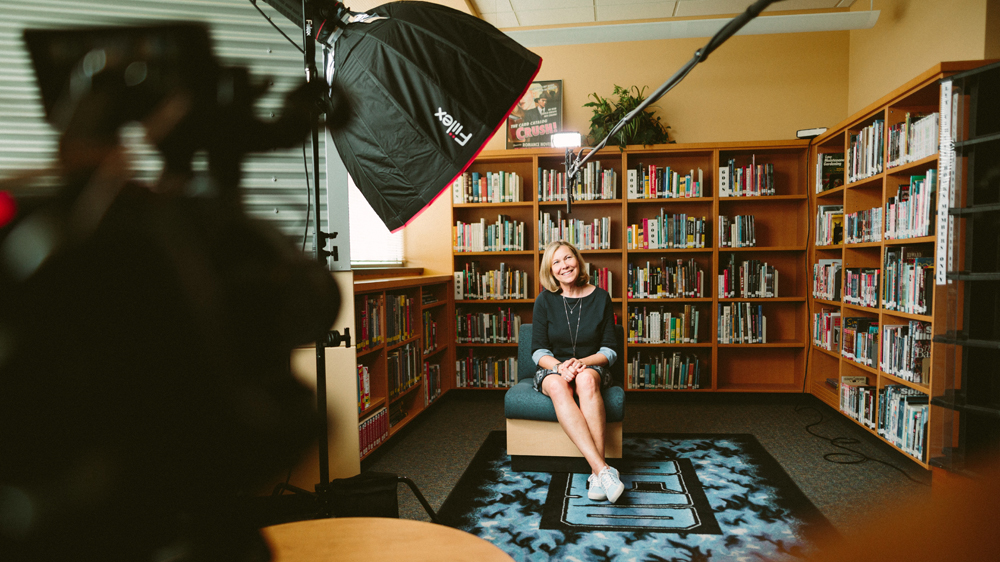With more companies turning to a virtual workforce and expanding their candidate search internationally, video interviewing is becoming the norm. The benefits of video interviewing is to allow for “face-to-face” interactions while expediting the interview process and keeping travel costs at a minimum. However, video interviewing can be intimidating, even for those who use this type of technology on a regular basis. If you find yourself needing to take an video conferencing interview, be prepared by following our tips and advice:
Types of Video Interviews
The video conference interview is exactly what it sounds like – an interview performed long distance by video conferencing. Programs like Skype, Google Hangout and Apple Facetime are the most commonly used, but a company might have its own proprietary program as well.
Typically, video interviews are handled one of two ways;
- The interviewee physically goes to an office where the company has video conferencing facilities established.
- The interviewee uses their own computer or camera phone, at a location of their choosing.
As soon as the video interview is scheduled, ask what method is being used (Skype, etc.) so you can set up an account, learn how to use it and work on your comfort with communicating by web camera and microphone.
How to Prepare for a Video Interview Located at the Company Office
Arrive with plenty of time to get situated and feel comfortable with the room and equipment. Ask for assistance if you’re not sure how to use the equipment. Even if you think you know what you are doing or can figure it out, asking for a quick overview can eliminate any surprises.
How to Prepare for Video Interview Using Your Own Equipment
- Location. Location. Location.
Find a quiet place with a strong internet connection where you will not be interrupted.
- Have a strong internet connection.
Test your connection well in advance and again before the interview (with plenty of time to change locations if there is a problem).
- Look professional and dress for the camera.
Dress professionally from head to toe. Don’t assume the interviewer won’t see your pants, you never know if you’ll need to stand up. In general, you should dress as you would for an in-person interview, however, there are definitely some caveats to keep in mind:
• Avoid all-dark or all-light clothing as a camera’s automatic brightness control can be tricked by these.
•Pastel colors are safer than white because white can cause a glare; if you do wear white, add a dark jacket to cut down on the glare
•Avoid the color red if possible, as it may “bleed”
•Avoid loud prints and flashy jewelry that can catch the light
- Prepare your surroundings
Don’t let your surroundings be a distraction. Check to make sure you’ve done the following:
• Position the camera to display a clean wall behind you and the table you are sitting at is clean and neat (Consider stretching a plain blanket or sheet behind you, to create the illusion of a blank wall, if you don’t have one)
•Position the camera close to you so that you are taking up most of the picture
•Have the lighting in front of you, ideally, somewhat above you by opening the curtains and shades to let the outdoor light in so that the light shines on your face; also make sure the light isn’t reflecting off a window or picture behind you
•The microphone picks up all the noise around you, close any open windows and avoid shuffling papers or tapping your pen – and use headphones
•Put loud pets in another room and turn off the ringer on your phone, or put it on silent mode
How to Approach the Interview Process
Treat a video interview like any other. Expect the same type of questions you would be asked over the phone or in-person, and come prepared with your own questions to ask. Here are a few tips to remember during the interview:
- Keep your resume and a copy of the job description, plus any other documents you may need, spread out in front of you for easy reference
- Make “eye contact” by looking directly at the camera and not at your computer screen
- Use the Picture-in-Picture feature so you can see how you look to the interviewer
- Avoid too much body motion as this can create blurry or jumpy images for the interviewer
- Be yourself and speak naturally, as you would in-person
- Be aware of the half-second transmission delay that you will likely encounter, and pause appropriately
And, that’s a wrap.
Video-based interviews can pop up for candidates at all levels. If one comes up for you, are key recommendation is to conduct practice runs with your friends or family to help you look like a natural on your video interview day. Best of luck.

